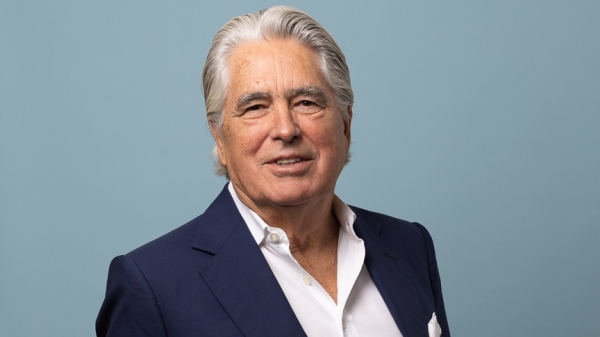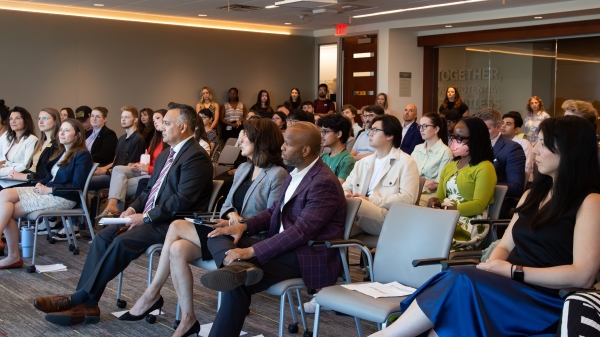Halloween is big business in the United States. Between the costumes, confections and cards, the holiday is expected to generate nearly $9 billion in economic activity this year, according to the National Retail Federation.
Halloween’s popularity impacts the economy in Arizona, too, where approximately 5,000 temporary jobs will be created to support pop-up stores, haunted houses and other Halloween-themed offerings.
To better understand Halloween’s economic impact, ASU Now spoke with Lee McPheters, research professor and director at Arizona State University's JPMorgan Chase Economic Outlook Center in the W. P. Carey School of Business.
Question: How big a holiday is Halloween from an economic perspective? How does it compare to other big holidays in terms of job creation, spending and overall economic impact?
Answer: According to the National Retail Federation, Halloween is expected to have an economic impact of about $8.8 billion this year, down from $9 billion in 2018, with spending per person estimated at $86.
Compared to Christmas spending of more than $700 billion, Halloween has a smaller impact, but it has a significant impact on specific industries, including clothing for costumes and confections or candies. Note that the Christmas spending impact includes travel, as people return “home for the holidays,” while it is likely that fewer people return home for Halloween.
Here in Arizona, our estimate of the Halloween impact is $150 million over a three-month period, generating the equivalent of 4,000 to 5,000 jobs, not only in retail, but also in wholesale and transportation of products for sale.
The impact of the trade war with China is uncertain, but it is likely that many of the imported products — costumes and decorations — were already in the country before the tariffs escalated.
Q: Which retail categories experience the greatest surge during the Halloween season, and how do they compare to each other?
A: Costume spending is the single largest component of Halloween spending — over $3 billion at the national level. According to national surveys, 47% of people will wear a costume or part of a costume, and a surprising 17% of people intend to buy a costume for their pets. Among children, the most popular costumes this year seem to be princesses and superheroes, while for adults the trend is to witches and vampires. For pets, the top costume is a pumpkin.
In Arizona, our estimate of costume spending is $54 million; decorations is $46 million, candy is $44 million, and greeting cards is $6 million.
Q: In terms of dollars spent around the holiday, is Halloween getting bigger or smaller?
A: Holiday spending tends to be affected by the business cycle. Halloween spending rose from less than $5 billion in the recession of 2009 to the current level of nearly $9 billion as the expansion has continued. Spending per person has tended to increase faster than the rate of inflation, suggesting growing popularity.
Top photo courtesy of Pixabay
MORE HALLOWEEN TREATS
- Unmasked: A Look at Halloween's costuming history
- ASU students tap into fantasy for 'Kiss of the Spider Woman' costumes
- Pop-up stores: Getting into the 'spirit' of Halloween
- How to enjoy Halloween treats responsibly
- Entomology: The real ghouls of nature
- Monster mash-up: English profs' fave myths and legends
- Watch: 'Monstrum' host Emily Zarka talks monsters
More Business and entrepreneurship

Thunderbird at ASU alumnus Marshall Parke to deliver keynote at spring 2024 convocation
Marshall Parke, distinguished alumnus of the Thunderbird School of Global Management at Arizona State University and global entrepreneur, will deliver the keynote address at Thunderbird’s convocation…

How sports analytics is changing the game
Have you ever wondered why your favorite basketball team loses season after season? Or why other teams perform well? Height plays a huge role in the NBA — the average NBA player is 6 feet 6 inches…

Blackstone LaunchPad program to support student entrepreneurship skills
The Blackstone Charitable Foundation has awarded a $1 million grant to establish its signature Blackstone LaunchPad program at Arizona State University, and an additional grant to fund paid summer…

